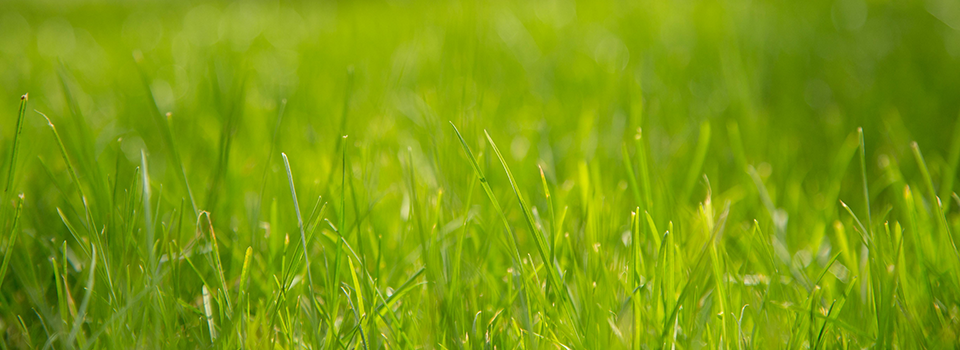
A healthy lawn by summer begins with important maintenance that begins in spring.
Lawn maintenance should start now
K-State horticulture expert explains mowing frequency and height
At a glance: K-State horticulture expert Cynthia Domenghini shares mowing, watering and fertilizing tips for spring.
More information: Cynthia Domenghini, Cdom@ksu.edu
Related: K-State Horticulture Newsletter
April 11, 2024
By Maddy Rohr, K-State Research and Extension news service
MANHATTAN, Kan. – It is time to resume lawn maintenance as spring weather and plant growth arrive. Proper maintenance is a proactive approach to reduce weed growth and other stresses to the lawn while minimizing costs and the environmental impact, said Kansas State University horticulture expert Cynthia Domenghini.
Mowing
The optimal mowing height for a home lawn depends on the type of grass, lawn use and time of year, Domenghini said.
“Mow at the high end of the recommended range for each species to improve drought resistance by encouraging deeper roots,” Domenghini said. “Only one-third of the grass leaf should be cut at a time.”
Removing more by lowering the mowing height results in physiological stress and possible heat or cold injury. If the lawn has become overgrown and needs more than one-third removed it will need to be done gradually with a few days between each mowing.
“Mowing frequency should be based on the growth rate of the lawn,” Domenghini said. She suggests not following a set schedule that may result in excessive clippings left on the grass.
“Proper timing of mowing means the grass clippings are shorter and can be returned to the lawn,” Domenghini said. “This contributes nitrogen back to the lawn.”
Long clippings can block sunlight to the live turf and promote disease, so they should be bagged and removed.
Maintaining a sharp blade on the mower is essential for a clean cut, Domenghini added. She said a dull mower blade tears the grass and causes the tips to turn whitish.
“Mow using a different pattern each time to prevent soil compaction and turf wear from the mower wheels. The grass blades lean the direction of the mower’s path so changing the pattern each time allows the grass to stand more upright,” Domenghini said.
Trees can be severely damaged if bumped by the mower, she warned. Even what appears to be a minor wound can result in death for the tree, so she recommends cultivating the soil surrounding trees to prevent grass and weeds from growing up close to the trunk.
Watering
Apply water in the early morning, and wait as long as possible between watering, Domenghini said. Nighttime watering promotes disease development.
“Some signs indicating that the turf needs water include darker bluish-green color, and when footprints remain in the lawn when someone walks across rather than leaf blades bouncing back in place,” Domenghini said. “Soak the soil to a depth of 6-8 inches and wait for signs that more water is needed.”
Fertilizing
Fertilize only to maintain a moderately green color during favorable weather and minimally or not at all during times of weather stress, Domenghini said.
Over-fertilizing increases the water and mowing requirements. Domenghini suggests not fertilizing when heavy rain is expected, and never dump excess fertilizer into storm drains or sewers.
The timing of fertilizer applications should be based on turfgrass species:
- Fescue and bluegrass -- September and November (optional in May)
- Bermudagrass and zoysiagrass -- between May and August
- Buffalograss -- June
Domenghini and her colleagues in K-State's Department of Horticulture and Natural Resources produce a weekly Horticulture Newsletter with tips for maintaining home landscapes and gardens. The newsletter is available to view online or can be delivered by email each week.
Interested persons can also send their garden and yard-related questions to Domenghini at cdom@ksu.edu, or contact your local K-State Research and Extension office.
***

K‑State Research and Extension is a short name for the Kansas State University Agricultural Experiment Station and Cooperative Extension Service, a program designed to generate and distribute useful knowledge for the well‑being of Kansans. Supported by county, state, federal and private funds, the program has county extension offices, experiment fields, area extension offices and regional research centers statewide. Its headquarters is on the K‑State campus in Manhattan. For more information, visit www.ksre.ksu.edu. K-State Research and Extension is an equal opportunity provider and employer.